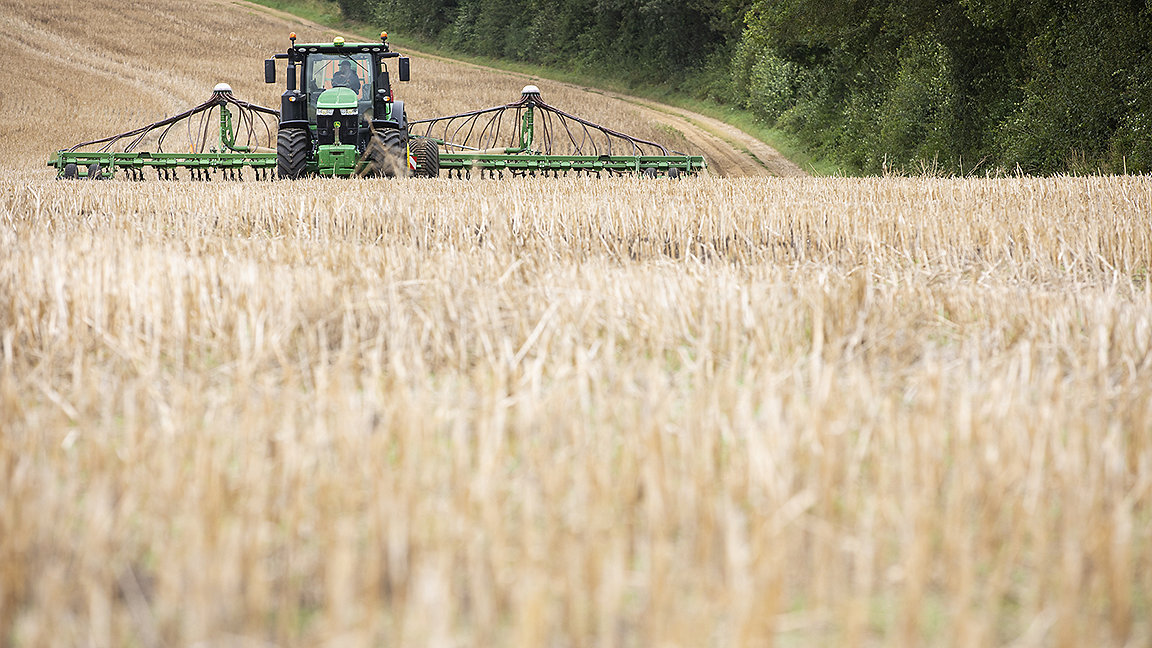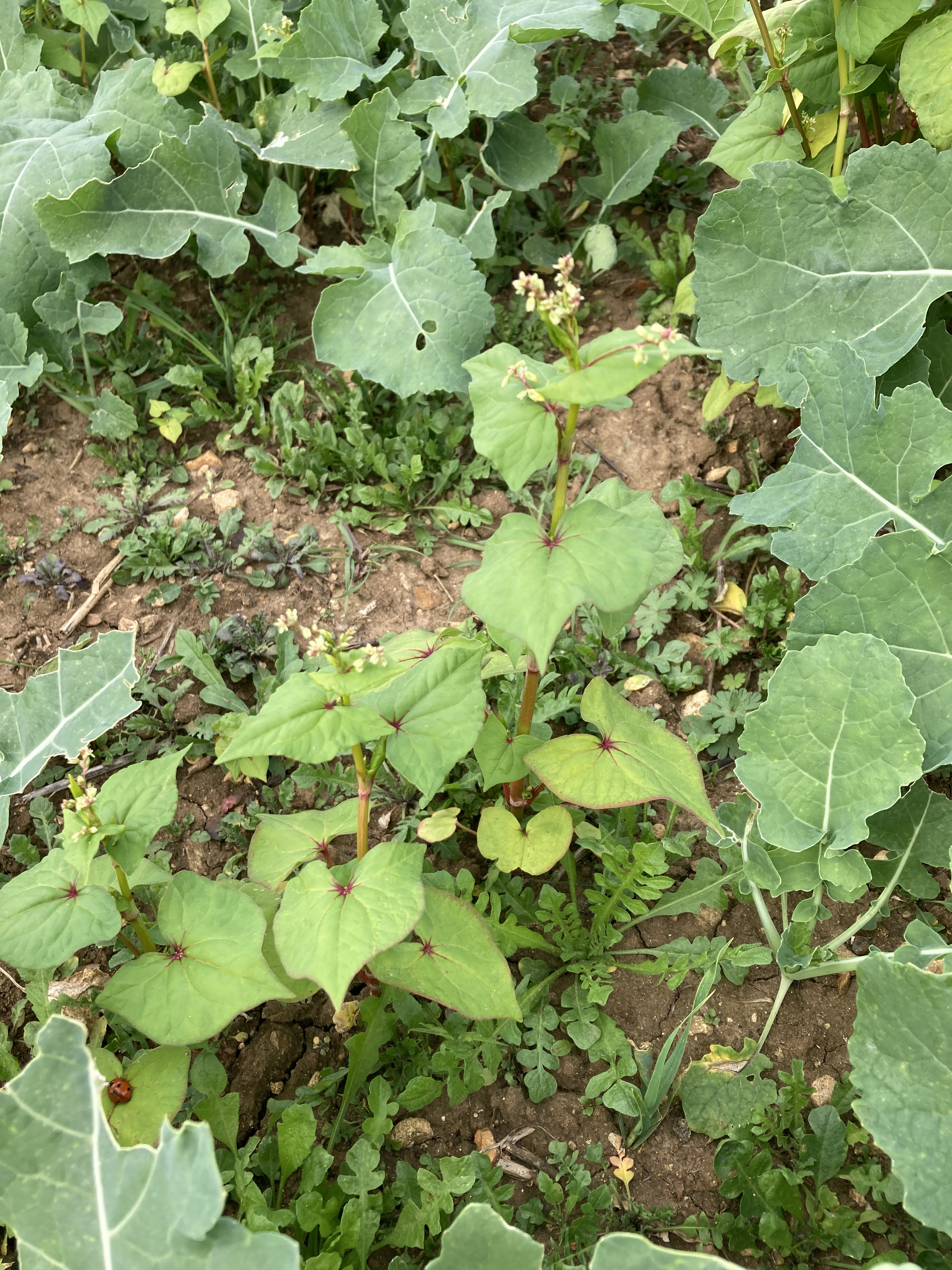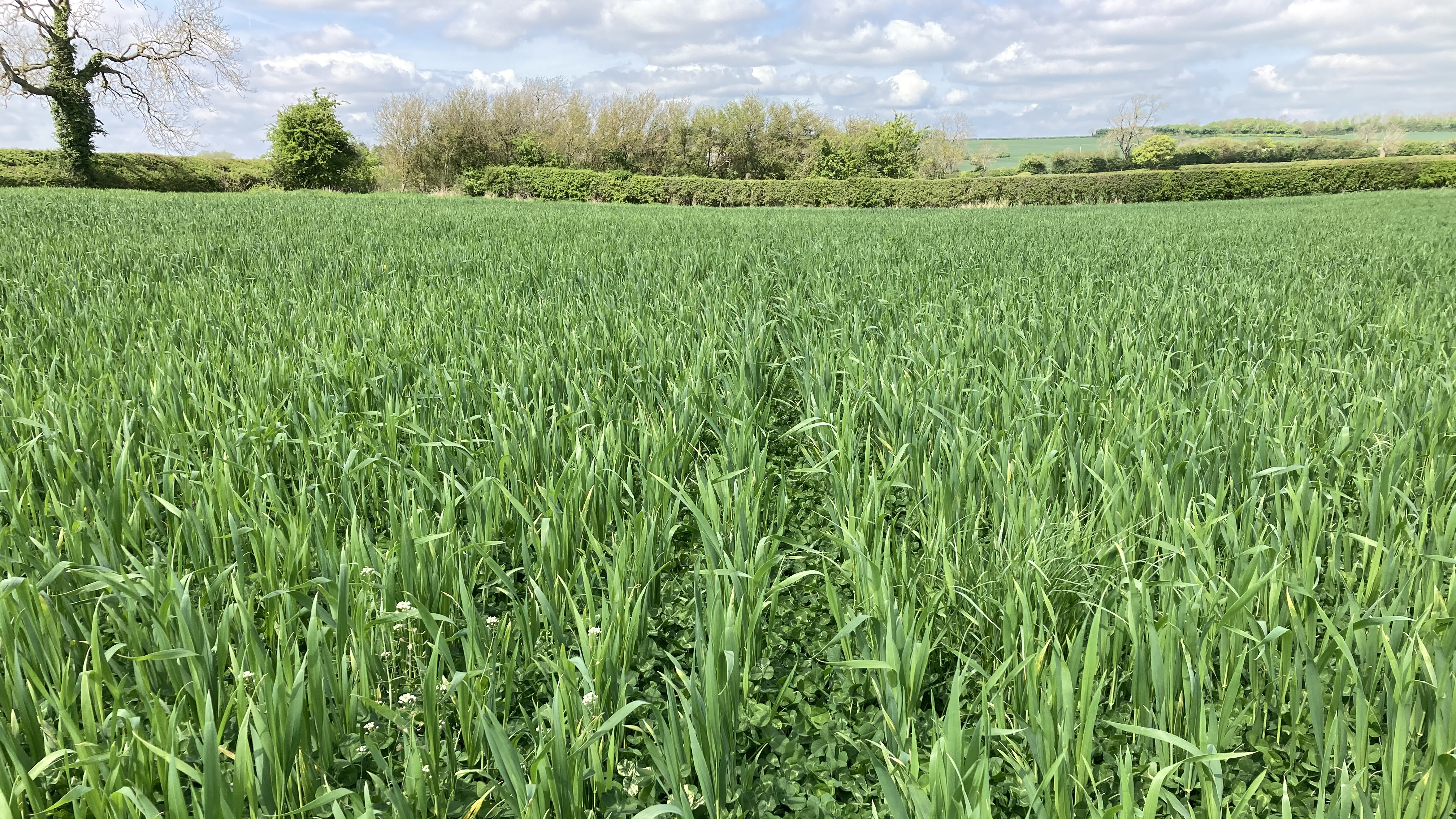
© Strutt & Parker
Soil is the main target and beneficiary of regenerative farming. The goal is to improve its fertility and resilience to maintain long-term production.
The recent increase in interest in regenerative farming has been prompted, in part, by many of farming's largest customers: the food processors and manufacturers. Businesses from McDonald's to Nestlé are starting to require suppliers to farm in a regenerative way, reflecting both a desire to do the right thing and also a commercial imperative to respond to consumer demands.
Such companies are rapidly developing their own protocols for growing products, to which they expect their supplier base to adhere, and more of these measures are likely to become compulsory.
This is happening in tandem with huge changes in the economics and mindset of those working in farming. More farmers want to do what's right for the planet and its biodiversity.
They also want to improve the resilience of their businesses, reduce operational costs, and cut carbon emissions; the latter can be achieved by using less diesel, for instance by moving away from ploughing, and by applying less fertiliser.
Meanwhile, the Agriculture Act 2020 and a new set of policies shift support from direct farming subsidies towards supporting practices that benefit the environment.
'More farmers want to do what's right for the planet and its biodiversity'
Five regenerative principles
To achieve these objectives, farmers tend to follow five generally accepted principles.
-
Retain vegetative ground cover: Keeping a growing plant in the soil for as long as possible has a variety of benefits. These include: protecting soil from wind and erosion; reducing water run-off, to prevent nutrients getting into watercourses; capturing fertiliser nutrients such as nitrogen, phosphorus and potassium; improving levels of soil organic matter; and providing habitats for wildlife. A wide range of plants can be used to fix soil nitrogen, for instance, including oil radish, buckwheat, mustard, or legumes such as clover and vetches. Some are suitable for grazing livestock, adding a further dimension to the crop rotation and improving soil fertility.
-
Minimise mechanical soil disturbance: For a long time, arable farming has relied on the creation of good seedbeds and burying weed seeds through ploughing, which involves using steel and diesel in cultivation equipment. However, such techniques increase the speed at which organic matter is broken down and carbon dioxide is released. In addition, it disturbs soil flora and fauna, and prevents the natural creation of a productive soil structure. We have steadily moved away from some of these techniques over the past 20 years, mostly to reduce costs and increase efficiency. Nowadays, direct drilling – either with a disc or tine drill – or strip cultivation are typical ways to establish crops that involve less soil disturbance.
-
Increase plant diversity: Farmers' efforts to control weeds, pests and diseases, combined with the application of macro- and micronutrients in the right place at the right time, have led to some outstanding crop yields on soils that would otherwise be quite unproductive. But a lack of diversity in what's been grown has led to increased pressure from pests and diseases as well as poor nutrient cycling. The range of techniques to counter this include planting crops together and separating at harvest, or sowing a nurse crop, which will help to establish the main crop. It also means extending rotations, planting a wider variety of crops or grass, and introducing wider and better-managed field margins.
-
Maintain a living root mass in the soil: Closely related to retaining green cover, this principle ensures a continued habitat for beneficial mycorrhizal fungi, which may then be carried from one crop to another subsequent crop.
-
Integrate grazing livestock into pasture and arable systems: In some parts of the country, arable-only rotations mean animals have not grazed the land for generations – or ever, in some cases. The strategy for integrating livestock aims to increase biodiversity, provide natural fertiliser and improve the breakdown of organic matter into a form more easily available to plants. Many advocates of this type of farming suggest it also helps to produce healthier food – although that is hard to prove – as well as helping to meet social goals such as supporting smaller mixed farming systems, avoiding pollution, and creating or improving wildlife habitats.
What are the benefits of regeneration?
It is difficult to analyse the financial implications of switching to a regenerative farming approach because of the huge variety of systems, soil types and geographies involved. Significant change in biological systems can take a long time to generate benefits.
Furthermore, the relatively recent adoption of these techniques means that proper, effective benchmarking of results across a whole farm system is not yet possible. However, some general remarks can be made.
-
If regenerative farming practices were just a quick way to reduce costs and improve margins, wouldn't we all be doing it already? Logically, yes; although some farming systems are easier if we simply throw some chemicals, fertilisers or diesel at a problem, and these seem especially appealing thanks to the sales and advertising budgets of the businesses providing them. The UK government may also be right that its Basic Payment Scheme has previously allowed some farmers to work on what is easiest.
-
Regenerative approaches tend to produce lower yields. The amount by which yields are reduced varies widely depending on crop, soil type and the precise farming practices adopted.
-
Extended arable rotations may reduce the area of crops with the highest gross margin, with a corresponding reduction in total outputs. So it is important to focus on the performance of the rotation as a whole, including livestock, rather than that of a single enterprise.
-
Farmers will need fewer fertilisers and pesticides, with corresponding reductions in total variable costs.
-
Farmers should see reductions in running costs for machinery, fuel and power as well as for labour, given that there will be fewer and less intense field operations. While the total investment in machinery is expected to be lower under a regenerative system, the transition is likely to require increased investment in different drills or spreading equipment.
-
Early indications show that overall margins can largely be maintained, with reductions in output offset by cost savings, but that big swings in profitability are unlikely. Can we expect the same for less? No: but we might expect less for even less.
-
There is no dedicated government support for regenerative systems, but there is support as part of existing arrangements. For example, there are various options under the Countryside Stewardship scheme, such as legume fallow at £569/ha, planting winter cover crops at £124/ha, or legume- and herb-rich swards at £358/ha. These can provide some finance for regenerative farming, although the scheme can be difficult to navigate.
'It is difficult to analyse the financial implications of switching to regenerative farming'


Land surveyors focus on tenancies and rents
Tenancies and rents may be the main consideration for rural practice surveyors when it comes to regenerative farming.
Regenerative systems require long-term commitment before some of the rewards are reaped. Professionals should discuss this with tenants when thinking about shorter-term tenancies.
Tenants should also be aware that many landlords now include conditions in tenancy agreements that make tenants responsible for preserving or enhancing soil fertility. In terms of rents, what does the rise in regenerative farming mean for tenancies that fall under the Agricultural Holdings Act 1986 where rent reviews must reflect the productive capacity of the holding?
This assessment now requires more sophisticated analysis of farming systems and sustainable financial returns, and a recognition that some businesses may rely on contracts where the farmer has to follow certain growing protocols set by the buyer.
The demand for tenants to meet high rents will continue to encourage the use of farming systems that make short-term profits. While longer-term arrangements may give some people greater confidence to embrace regenerative farming, they are not necessarily the answer. The route that individual farmers choose will increasingly depend on landlord–tenant relationships and the demands of farmers' customers.
Share or contract farming arrangements may be a useful alternative to a tenancy for landowners who want someone to improve soil fertility, as this will help better align the risks and rewards.
Compared with the techniques of the past 40 years, regenerative agriculture is more difficult, more technical and offers less certainty. As with any business, its success relies on people working effectively together to provide opportunities for the right people with the right skills on the right land.
Jonathan Armitage MRICS is head of farming, Strutt & Parker
Contact Strutt & Parker: Email | LinkedIn | Twitter
Related competencies include: Agriculture, Sustainability

